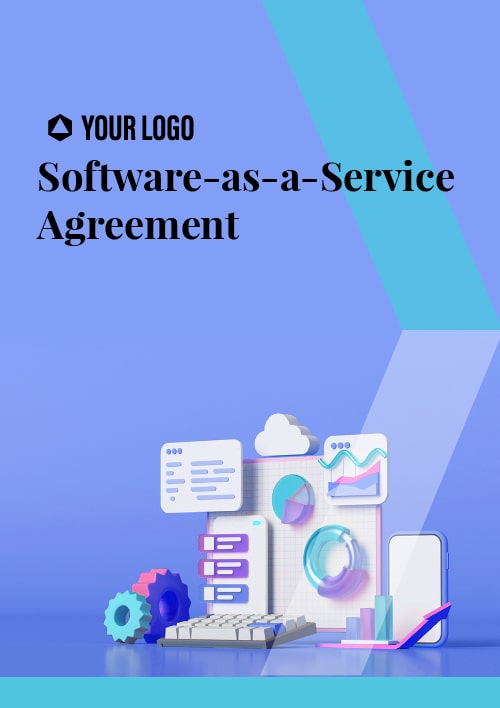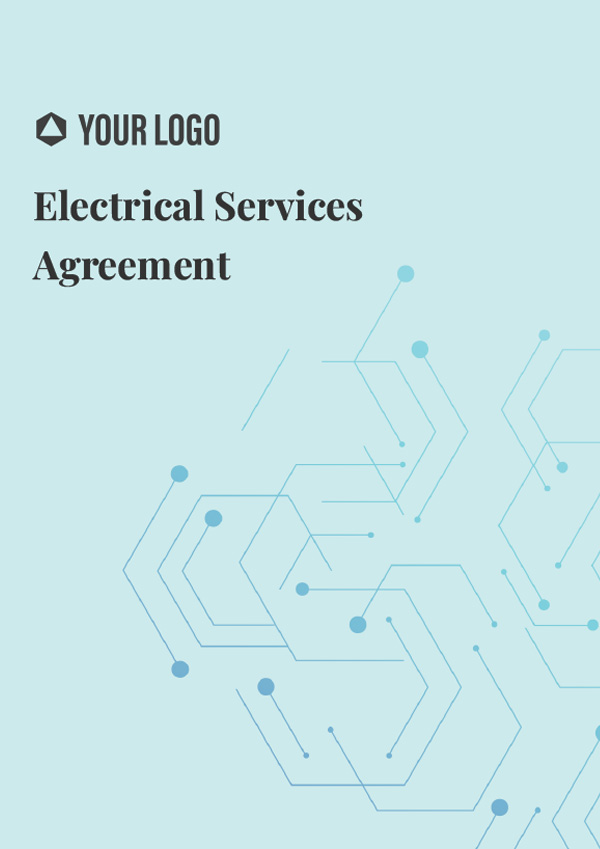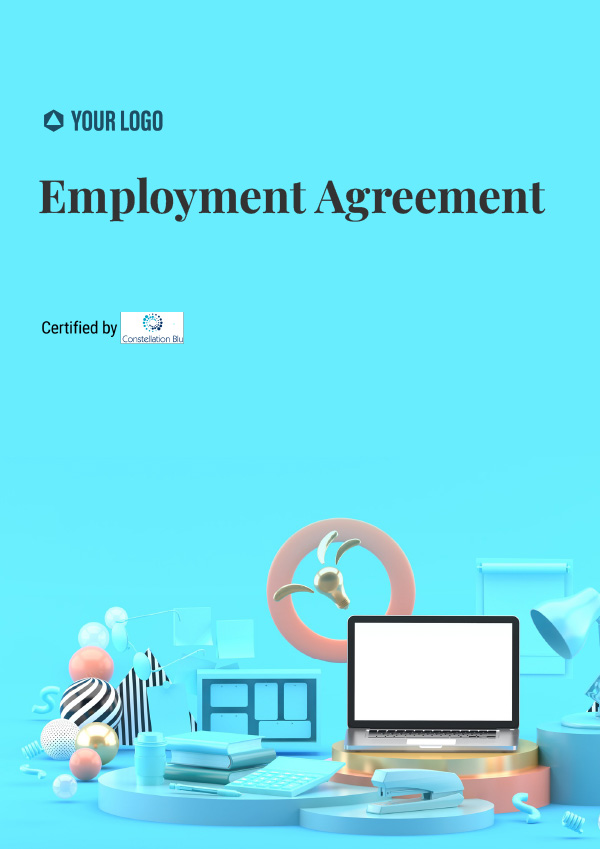Empty space
1x
2x
3x
Website Development Agreement
Empty space
1x
2x
3x
Prepared for:
[Client Company]
Prepared by:
[Developer Company]
Empty space
1x
2x
3x
Empty space
1x
2x
3x
Website Development Agreement
Website Development Agreement
This Website Development Agreement (hereinafter referred to as the “Agreement”) is entered and shall be effective as on [Date]
By and Between
The Customer (hereinafter referred to as the “Client”), having its principal place of business at [Address], and;
The Developer (hereinafter referred to as the “Developer”), having its principal place of business at [Address],
The Client and the Developer are collectively referred to as the "Parties" and "Party" individually.
WHEREAS the Client avails services from the Developer to develop and create, the website
AND WHEREAS, the Developer is interested in undertaking this project and will provide the services to the Client
NOW, THEREFORE, in consideration with the mutual covenants and promises between the Parties, hereby agree as follows:
Empty space
1x
2x
3x
Terms and Conditions
Terms and Conditions
1. Developers' Obligation
1. Developers' Obligation
The Client hereby retains the services of the Developer to create, design, and develop the websites as per the business plans submitted by the Developer. The Developer will start working from the date of [Date].
2. Clients Obligation
2. Clients Obligation
The Client agrees to provide all the assistance and information to the Developer promptly. All the content for the website such as text, images, design, video, and any other necessary information will be provided by the Client.
3. Web Hosting and Design
3. Web Hosting and Design
The Developer shall provide Web Hosting services to the Client’s website once the development is complete. The Design of the Website shall be in conformity to the Clients requirements.
4. Payment
4. Payment
The Client agrees to pay the Developer a total sum of [Amount] after the completion of the project. The payment will be made by cash/card/bank transfer/online payment. The payment shall cover all the work done by the Developer for designing and working on the website.
5. Invoice
5. Invoice
The Developer shall invoice the Client on a 15 days basis for the amount of work during the applicable 15 days. All payments are due fifteen (15) days after the receipt of a payable invoice. If there is a dispute with regard to completion of work or an invoice payable, the amount of the invoice in dispute shall not be due until the dispute is resolved.
6. Expenses
6. Expenses
Unless as expressly agreed in writing the Client shall bear all the expenses arising from the performance of obligations under this Agreement on its own.
7. Term
7. Term
This Agreement shall be effective as on the effective date [Date] and shall remain in full force for a period of [Years] unless otherwise terminated.
8. Termination
8. Termination
Either Party may terminate/cancel this Agreement by written notice to the other Party. In case of breach of the terms and conditions herein by any Party, the Party in breach shall remedy it within [Number of Days] days upon receiving such notice of the breach. Failure to remedy the breach will lead to the termination of this Agreement without prior notice.
9. Copyright Policy
9. Copyright Policy
The Developer reserves the intellectual property rights of the Client and shall not knowingly post content that is subject to trademark, copyright, or other intellectual property rights. The Client agrees that all the information provided to the Developer including but not limited to business names, logos, content, or any other information which is solely owned by the Client; the Client has the right to publish such content.
10. Confidentiality
10. Confidentiality
The Developer agrees to maintain the Clients’ business, proprietary, trade secrets, and other information as confidential and not to disclose any information that relates to the Clients property to any third party. The Developer further agrees that the Client information shall be solely used for business purposes only.
11. Indemnification
11. Indemnification
The Client agrees to indemnify the Developer against any claim, damages, cost, loss, expense, or any kind of liability arising by the Indemnities in connection with any claims, suits, demands, arising out of this Agreement.
12. Arbitration
12. Arbitration
In the event of any dispute arising in and out of this Agreement between the Parties, it shall be resolved by Arbitration. There shall be [Number of Arbitrators] which shall be appointed by [Party(s) name]. The place of Arbitration shall be [Place of Arbitration] and Seat shall be [State of 'State']. The arbitrators’ decision shall be final and will be binding upon both Parties.
13. Miscellaneous
13. Miscellaneous
- Time of Essence: Time is of the essence to the performance of the Parties’ obligations under this Agreement.
- Force Majeure: Neither Party shall be liable for any loss or delay resulting from any force majeure event, including acts of God, fire, natural disaster, labor stoppage, war or military hostilities, or inability of carriers to make scheduled deliveries, and any payment or delivery date shall be extended to the extent of any delay resulting from any force majeure event.
- Severability: In the event, any provision of this Agreement is deemed to be invalid or unenforceable, in whole or part, that part shall be severed from the remainder of this Agreement and all other provisions shall remain in full force and effect as valid and enforceable.
- Governing Law: This Agreement shall be governed in all respects by, and be construed in accordance with, the laws of State of [State].
- Notices: Any notices required or permitted by this Agreement shall be in writing and delivered by certified mail or courier to the above- mentioned address.
- Entire Agreement: The Parties acknowledge that this Agreement sets forth and represents the entire Agreement between both Parties. If the parties are willing to change/add/modify any terms, they shall be in writing and signed by both Parties.
Empty space
1x
2x
3x
Acceptance and Signature
Acceptance and Signature
IN WITNESS THEREOF, the Parties agree to the terms and conditions set forth above as demonstrated by their signatures as follows:
Developer Customer
Signature
Assign signer 1
Name
Assign signer 1
Date
Assign signer 1
Signature
Assign signer 2
Name
Assign signer 2
Date
Assign signer 2
DISCLAIMER: Revvsales, Inc is not a law firm. The content provided herein is for general information purposes only, and does not constitute legal advice. Revvsales, Inc and its partners make no representation or warranty of any kind, express or implied, regarding the accuracy, adequacy, validity, reliability, availability, or completeness of any information mentioned hereunder. The use or reliance of any information contained herein is for your personal use and solely at your own risk. You agree to fully release and indemnify Revvsales, Inc from any liability associated with the use of this content. You are advised to obtain independent legal advice before taking or refraining from any action on the basis of the content provided here.
DISCLAIMER: Revvsales, Inc is not a law firm. The content provided herein is for general information purposes only, and does not constitute legal advice. Revvsales, Inc and its partners make no representation or warranty of any kind, express or implied, regarding the accuracy, adequacy, validity, reliability, availability, or completeness of any information mentioned hereunder. The use or reliance of any information contained herein is for your personal use and solely at your own risk. You agree to fully release and indemnify Revvsales, Inc from any liability associated with the use of this content. You are advised to obtain independent legal advice before taking or refraining from any action on the basis of the content provided here.




/06.1_Non_Disclosure_Agreement_(Employee)+2.jpg)






/Joint_Venture_Agreement_(Standard)_Thumb.jpg)

